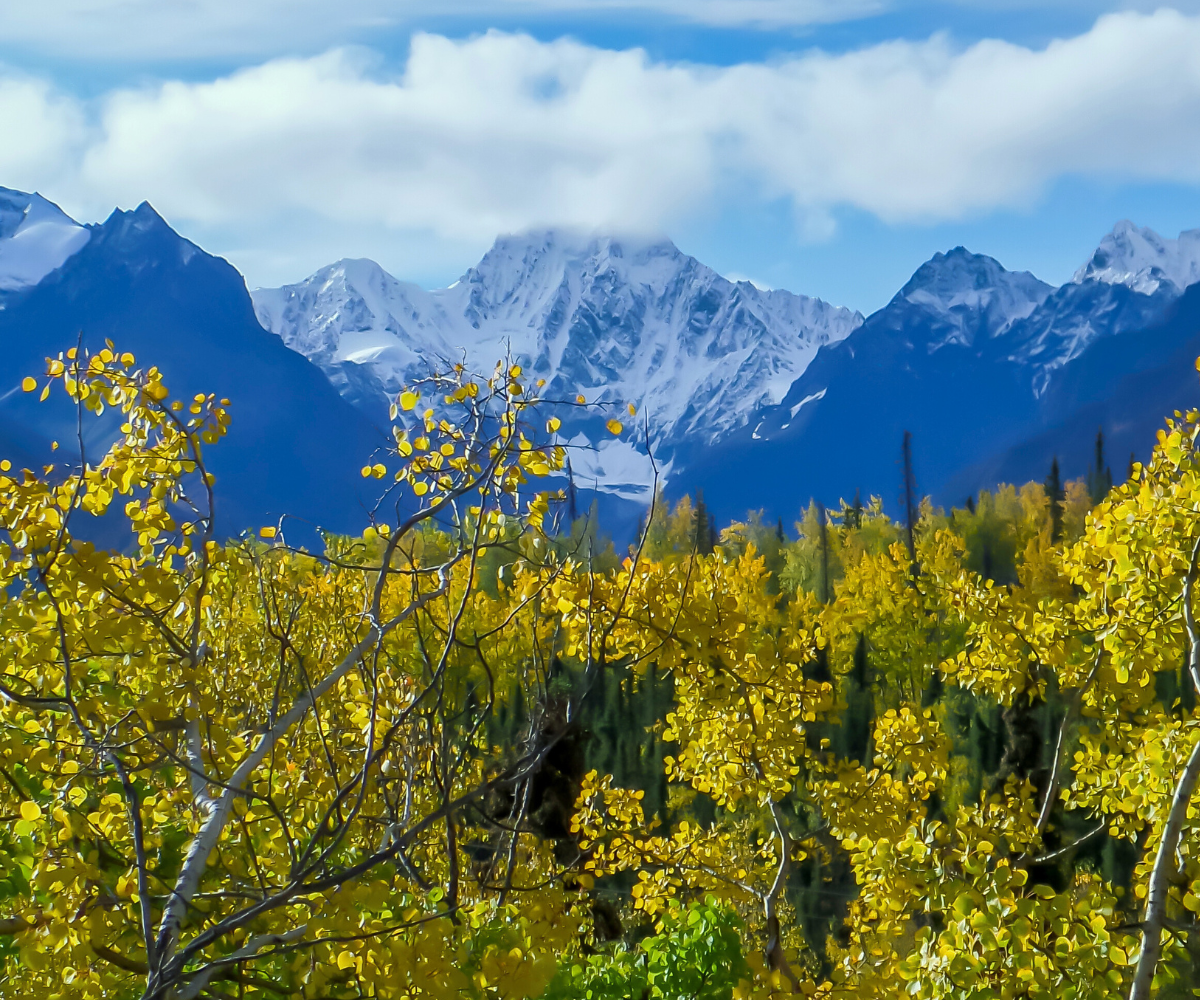General Information
The Alaska Psychology Internship Consortium (AK-PIC) is a collaborative initiative among three Alaska agencies aimed at providing a diverse educational experience for doctoral psychology interns. Designed to equip interns with the skills to address the unique challenges of practicing in rural and remote areas, AK-PIC focuses on fostering clinical competency in working with Alaska’s diverse cultural communities.
Accreditation
AK-PIC is accredited by the APA. Accreditation was initially awarded in June, 2012 and was effective for a period of 7 years. AK-PIC’s accreditation was reaffirmed in 2019 for 10 years, with its next site visit scheduled to occur in 2029. AK-PIC is a member of APPIC and participates in the National Internship Match.
Questions specifically related to the program’s accreditation status should be directed to the Commission on Accreditation:
Office of Program Consultation and Accreditation
American Psychological Association
750 1st Street, NE, Washington, DC 20002
Phone: (202) 336-5979
Email: apaaccred@apa.org
Life in Alaska
Alaska is a geographically beautiful and culturally-rich state. It is the largest state in the U.S and has more coastline than all of the other states combined.
Climate
The climate in Alaska varies greatly by region. The southeast panhandle is both the wettest and warmest part of Alaska with milder temperatures in the winter and high precipitation throughout the year. This is also the only region in Alaska in which the average daytime high temperature is above freezing during the winter months. The climate of Anchorage and south central Alaska is mild by Alaskan standards due to the region’s proximity to the seacoast. While the area gets less rain than southeast Alaska, it gets more snow, and days tend to be clearer. Summers in this area tend to be brief and cool. The climate of Western Alaska is determined in large part by the Bering Sea and the Gulf of Alaska. The temperature is somewhat moderate considering how far north the area is. The climate of the interior of Alaska is subarctic. Some of the highest and lowest temperatures in Alaska occur around the area near Fairbanks. The summers may have temperatures reaching into the 90s°F, while in the winter, the temperature can fall below −60 °F. The highest and lowest recorded temperatures in Alaska are both in the Interior.
Things to Do
The geography and culture of Alaska offers something for everyone. Amazing wildlife viewing and sightseeing opportunities are available year-round. The mountains, lakes, and coast offer hiking, kayaking, fishing, skiing, and more. Alaska’s unique Native culture can be experienced through many activities including totem carving, Native dancing, traditional music, crafts and festivals as well as cultural and historical museums, heritage centers and academics.
Useful Information for Moving to Alaska
General Information: http://www.alaska.com/moving
Cost of Living Calculator: http://www.coli.org/
Alaska State Chamber: https://www.alaskachamber.com/
State of Alaska: https://alaska.gov/
Planning to Drive to Alaska? The Milepost 2025

